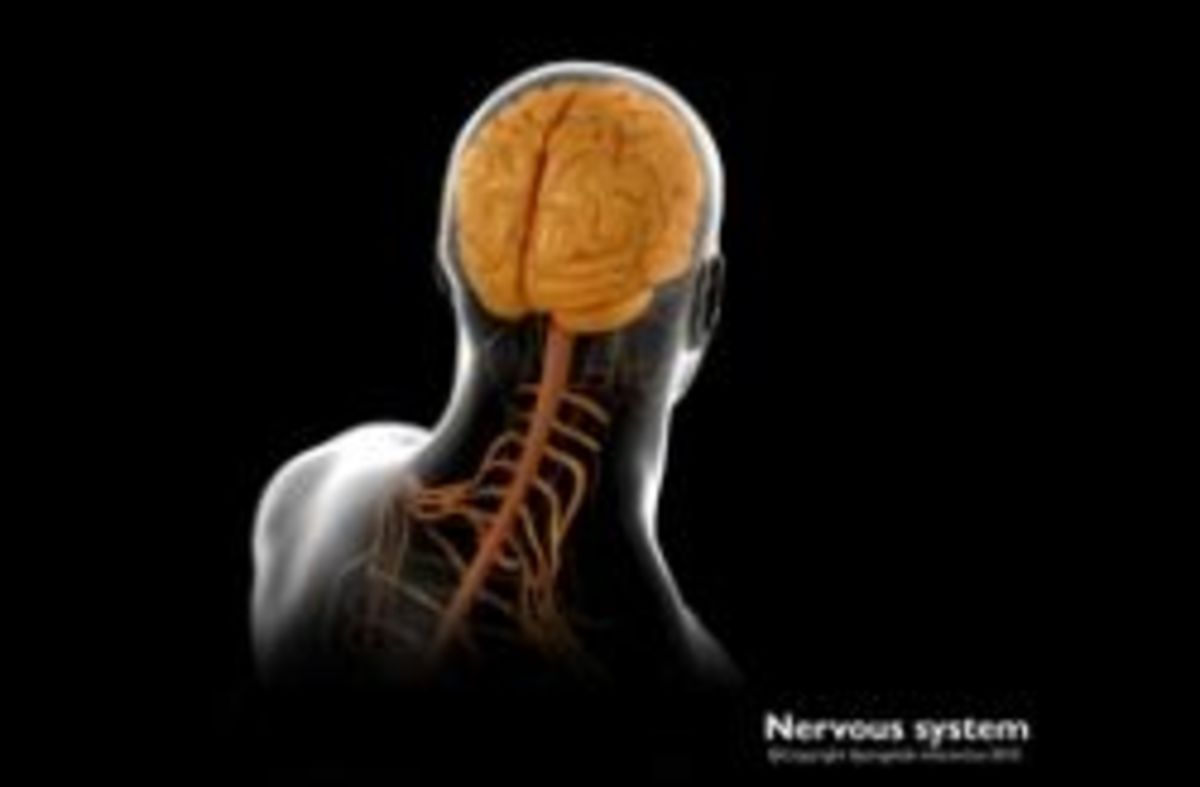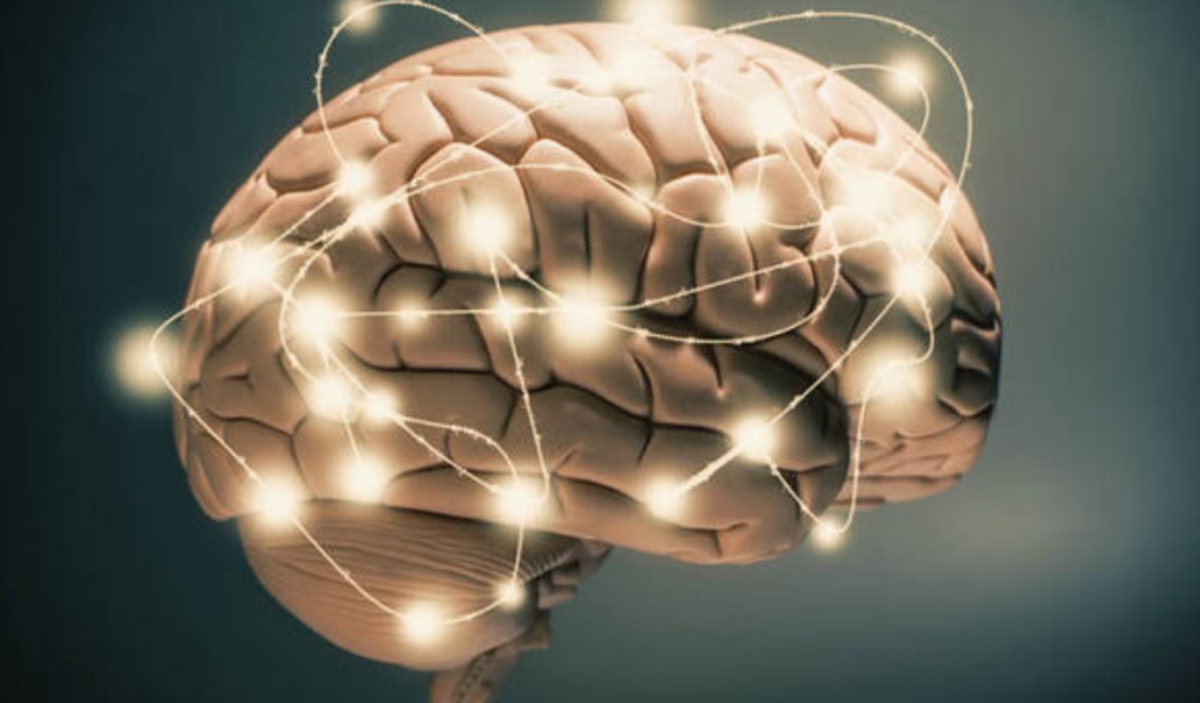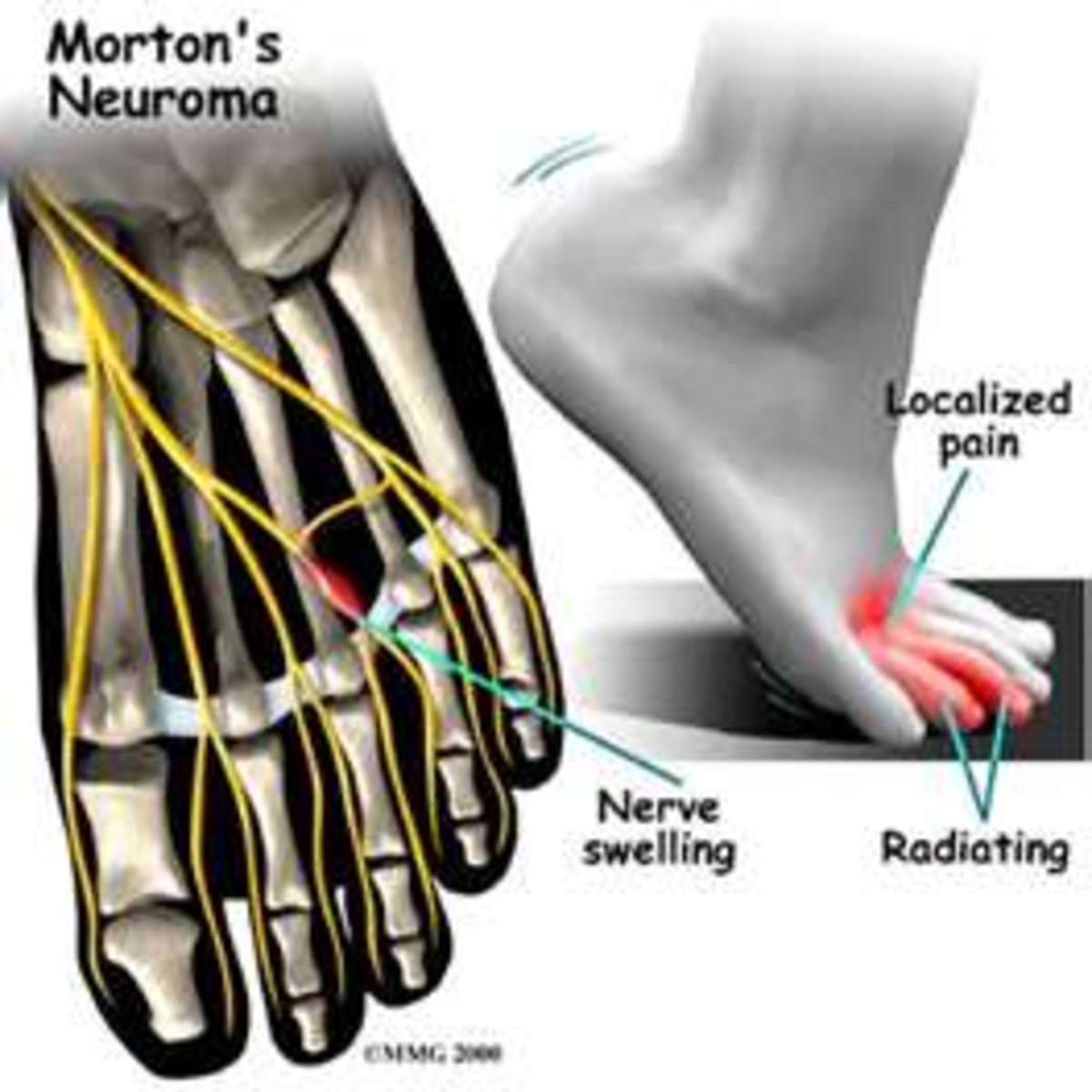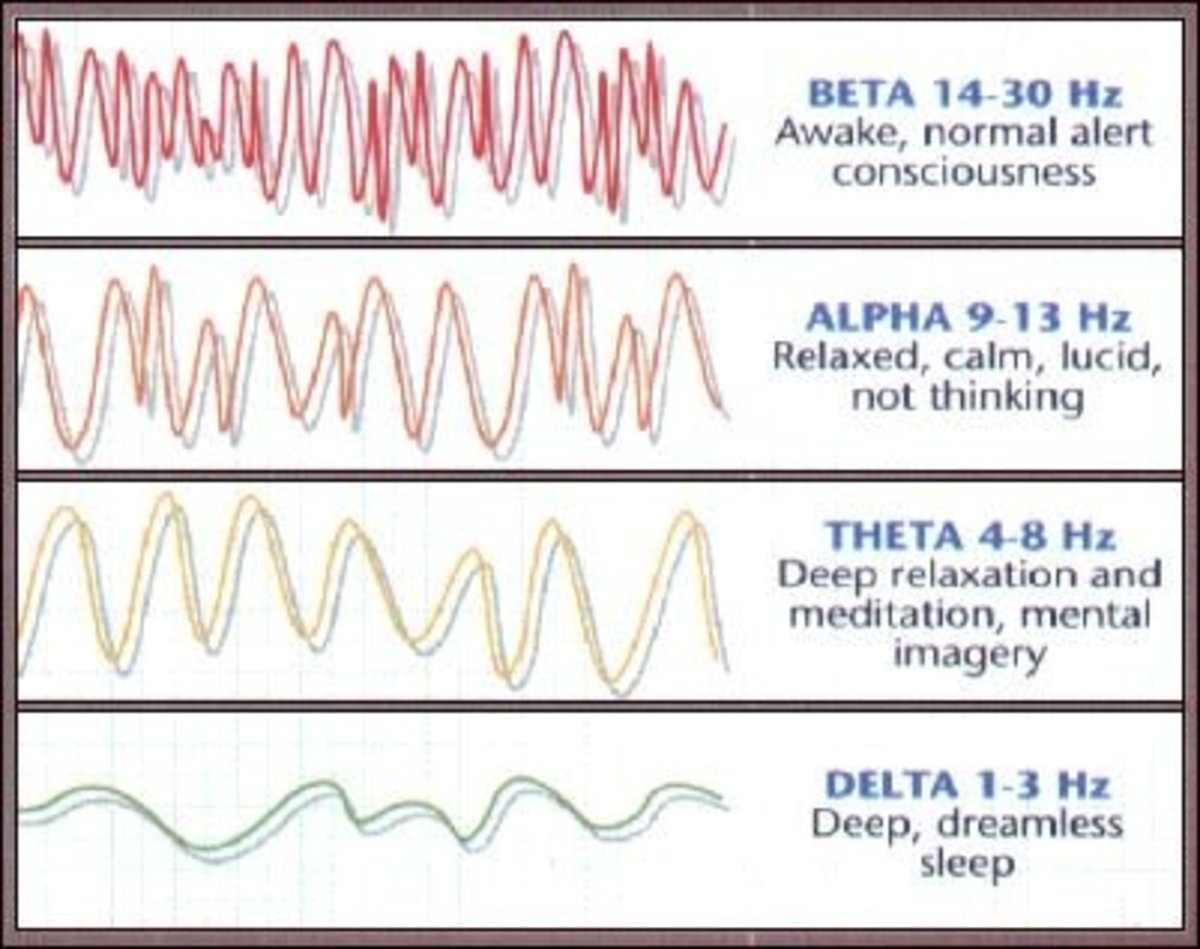The Brain: Quick Thinking Communication Cord And Transient Global Amnesia ( losing your memory)
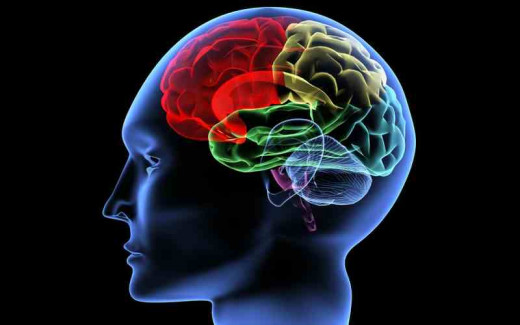
The Brain and Communication
The brain is a fascinating organ. Without it we wouldn't survive or live a normal life. We can see, hear, walk, talk and do millions of other things because our brain is the engine that makes us work. But how does the communication between the brain and body work?
The link between the brain and body is the spinal cord, a band of Nervous Tissue as thick as a little finger that runs through our hollow backbone for approx 18 ins (45cm).
Nerve cells called Motor Neurones convey electrical impulses that travel from the brain to the spinal cord, then leaving at the appropriate level and passing to the various parts of the body.
Similarly, sensory neurones transmit messages from organs and tissues via the spinal cord back to the brain. In other words, our brains are an amazing mixture of electrical impulse and perfect synchronisation.

Reactions
The spinal cord can also function without the intervention of the brain. It alone controls those actions which are called spinal reflexes, that need to be taken very quickly in response to danger.
Quicker Than Thought.
Take for example when we touch a hot plate or cooker ring. The danger signal from the sensory neurones conveys the danger to the spinal cord, which quickly sends a message back, via a motor neurone. This tells the muscles to drop the plate immediately.
The amazing thing is how quickly this process works. We may even drop the plate before the brain has had time to receive the original message reporting the plates heat.

Did You Know?
Dogs have a finely honed scratch reflex that helps them get rid of unwanted bugs!
If you tickle a dog just behind its shoulders, it will immediately distribute its weight on three legs and start scratching until you stop tickling it.
Scientists have found that all breeds of dog do this. From the tiny Mexican hairless dog to the great dane! Evidently they scratch at exactly the same rate, around five scratches a second.
Well who would have thought it!
The Brain And Spinal Cord Working Together
It is this type of protective function that a doctor tests for when he taps the patient on the knee and watches his lower leg shoot up. Its not practised so much these days, but I am sure you can all remember your doctor doing this at some stage.
This reflex is the spinal cords way of ensuring that none of the tendons in our bodies become overstretched. By striking the knee the doctor stretches the patellar tendon.
The leg muscles then contract to take the strain off the tendon again.
The spinal cord also helps to manage routine reactions that may be considered too insignificant for the conscious brain to deal with. For example things such as going to the toilet, blinking our eyes and so on. And of course the muscles that hold our skeletons together.
Most of us don't even think about this process that happens 24 hours a day. Thanks to the help from the spinal cord taking on these instructions, the brain is left free to occupy itself with more complicated tasks.

Health Links:
- Easy Bruising and Thin Skin the causes and some self help ideas
Easy Bruising and Thin Skin can be caused by a number of factors. Medication can be a contributory cause but there are many other reasons for this to happen. Here are some self help ideas to help improve your skin.
Transient Global Amnesia
When A Surgeons Mind 'Erased' Instead of 'Recorded'!
In 1986 a surgeon in Chicago with over 20 years experience, was stitching up a patient. All of a sudden he stopped and with a look of detachment on his face asked, 'Did I take the gall bladder out?'
The nurse calmly told that yes he had. But after every stitch he once again repeated the question!
The nurse saw that something was wrong and helped him finish the Op.
Afterwards, the surgeon was checked out by another doctor, and found to his disbelief that he had suffered something called 'Transient Global Amnesia'. Even though its pretty rare it does happen to people across the globe.
Luckily it only lasts a few hours, then goes away and in most cases never comes back again.
In the case of the surgeon, in every other respect the functions of his brain were perfectly normal. Although he was confused by what was happening to him he showed no fear.
He was kept under observation for a day and given a brain scan. By now his memory had recovered completely. Apart from a gap of 48 hours.
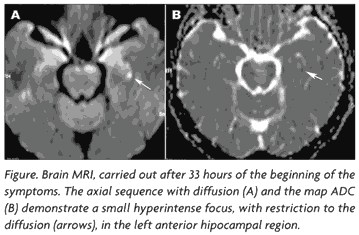
So What Is Transient Global Amnesia?
Basically its caused by a malfunction in the reticular activating system, a network of cells that are involved in registering and retrieving memory.
This can be caused by a number of factors including physical or emotional stress, immersion in cold water, and sudden exposure to heat or cold.
However, less than ten percent of victims of a first attack will suffer further attacks, and the symptoms always disappear after a short time.
Causes.
There is no current hypothesis of why these events occur. General ideas are that it is some form of epilepsy, bad blood circulation, or migraine side effect.
Other possibilities however could be caused by jugular vein valve insufficiency. In other words when a person has been doing vigorous exercise this can make them perform something called Valsalva Maneuver. This is the bearing down on the glottis (vocal cords). Such as weightlifting and heavy muscular lifting.
By pushing down on the glottis it slows down blood flow to the brain, hence causing Transient Global Amnesia. Another possibility is the use of Statins, medication to help stop cholesterol. Most cases occur between the ages of 56 and 72 years old. Average age 62. (Wikipedia)
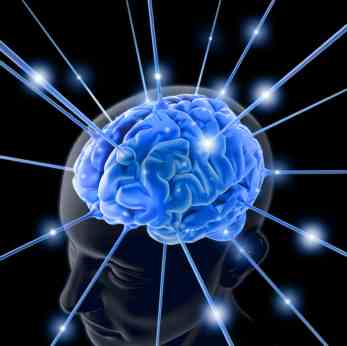
The human brain, along with the spinal cord are nature's ingenious way of keeping us safe, mobile and healthy. To be able to sense heat on our skin so quickly, to run without really having time to think about it when we notice danger and to feel pain the second it happens.
You can see why our brain is the most important organ in the body. And remember, if you ever get a head injury, however small, always get it checked out. Because there could be hidden dangers within the skull such as bruising or bleeding.
We need to keep the brain as safe as possible, if we want to retain our memories and our sensory system.
The Human Mind Links:
- James Holmes - The Psychology of a Killer
James Holmes murdered 12 people and left many for dead. But why would a fresh faced introvert student turn from 'nice guy' to killer? The Psychology of a killer looks at the possible triggers that started a young man onto a journey that culminated in - Why Do People Have A Fear Of Clowns? Plus Helpful Ti...
Why do people have a fear of clowns? What is it about them that makes us so frightened? Here we take a look at the Psychology of coulrophobia, or fear of clowns and search behind the mask to find out what makes this one of the worlds worst phobia's. - Psychology - Why are we so easily Manipulated - Are ...
Why do we believe everything we hear, see or read? Do you think you are the same person you were years ago? Or have you been manipulated. - Sleep Paralysis Is it a Normal Phenomenon or a Psych...
Sleep paralysis affects many people around the world, but is it a normal phenomenon or psychic event? - Has Technology Progressed Faster Than The Human Mind
Technology is advancing at an incredible speed. But does our human brain have the capability to catch up with it, or are we still, in a sense, Cavemen?



